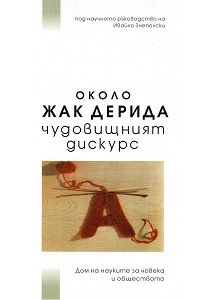
We kindly inform you that, as long as the subject affiliation of our 300.000+ articles is in progress, you might get unsufficient or no results on your third level or second level search. In this case, please broaden your search criteria.




This paper investigates the narrativist debate on the nature of history and presents a review of some of its most significant contributors through the prism of concepts of ‘narration’ and ‘inquiry’. Since the main issue on which narrativist theoreticians and defenders of the historians’ craft disagree is their view on whether language is the source or merely a tool of history, this text investigates the role and importance the two parties ascribe to the layers of critical inquiry and narration. The paper focuses mainly on the writings of Hayden White and Paul Ricoeur, while also briefly commenting on the crucial theoretical works of Franklin Ankersmit, Hans Kellner, Philippe Carrard, and Ivan Jablonka. While White is often considered to be the main proponent of narrativists, it turns out that his approach to the subject was more nuanced than often thought and that it evolved over time. Paul Ricoeur, on the other hand, tends to view inquiry as a sort of poetic act and narration as an essential part of historical understanding.
More...
This article analyses the reception of French modern architecture in nineteenth-century historicism, treating it as a case of cultural exchange. Historicist architecture inspired by French models was explored mainly in international studies written in the 1970s and 1980s. Nevertheless, a reinterpretation of historicist architecture through the prism of current methodological frameworks offers new perspectives and the same holds of a comparative approach which takes into account a wider European context. This study first addresses the issue of inconsistent terminology, thus coming to terms with the existing scholarly literature. Since this subject involves work with historical models originating in a particular cultural environment, one ought to consider the extent to which the actors could have been sufficiently familiar with the relevant models and the communication channels which may have contributed to their circulation. The particular factors which conditioned or enabled cultural transfer are presented in two case studies which focus on situation in the Bohemian Lands. Of importance was direct experience of the French environment, training in architecture, the person who commissioned a particular project, the personality of the architect, as well as the availability of theoretical literature and graphic images. In the final part of the contribution, the author outlines some directions in which this research could develop. She points out, for instance, that transfer may have been either direct or mediated by other cultural centres, whereby in case of mediated transfer, particularly the Viennese environment of the second half of the nineteenth century seems to have played a crucial role.
More...
Review of: JITKA LUDVOVÁ a kol., Fidlovačka aneb Cokoli chcete, Praha 2014, Institut umění – Divadelní ústav, 312 s. ISBN 978-80-7008-330-7
More...
Review of: Octaviana Esanu "The Postsocialist Contemporary. The Institutionalization of Artistic Practice in Eastern Europe after 1989", (Manchester University Press, Manchester 2021).
More...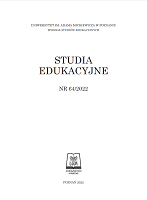
The article is devoted to the analysis of the interpretive potential of disgust, examining the pop culture zombie figure. The analyses are conducted from the perspective of aesthetic education. The author focuses on such aspects of the zombie figure as: epidemic, impurity, concept of the Other, abjection, the body, and corporeality. The literature used in the analyses comes from various disciplines: psychology, philosophy, aesthetics, pedagogy, etc.
More...
Review of: Krzysztof Jakubiak, Monika Nawrot-Borowska, Dziecko i dzieciństwo na ziemiach polskich w źródłach narracyjnych i ikonograficznych z drugiej połowy XIX i początku XX wieku, Wydawnictwo Adam Marszałek, Toruń 2021, ss. 521.
More...
This article is an attempt to outline the anti-queer discourse in the contemporary Russian cultural space. The analysis focuses mainly on the film Firebird (Жар-птица), which is a very rare example of queer cinema aimed at a wide Russian audience. In order to indicate the features of the homophobic policy of the authorities towards cultural representations of queer issues, the author references research conducted in the field of social sciences and certain press materials devoted to the premiere of the film. The analysis proves that, despite the intensely promoted (both in political and cultural spheres) anti-homosexual policy, the mass consciousness of the Russian audience was more liberal than it was perceived (at least to a certain extent), and the actions taken by the authorities and politicians did not bring expected results.
More...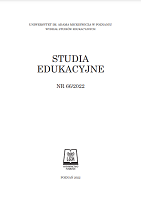
The article is devoted to identify the regional and identity contexts in the lyrics of songs by Silesian rappers. The selection of artists was based on two criteria: they were born or raised in Silesian district and they still live there and the second is the most popular (as an Silesian rapper) by listeners on Spotify.com in June 2022. Rap is a unique kind of music with a lot of listeners. Rap as a part of popular culture would be useful in education as an example of sharing regional values, mentality, desirable behaviors, and the position of the Silesian identity in their lives. The lyrics contain the artists’ points of view on reality, the living conditions, and probably include guidance for listeners. Silesian rappers and their experience of being Silesian and a sense of Silesian identity could be part of the lyrics.
More...
Popular culture surrounds us all and becomes an indispensable part of our lives, which is why it is important to conduct research in this field. The article is based on two series dedicated to youth, Euforia and 13 Reasons Why. In this text, I described the educational potential of popular culture, introduced the phenomenon of the series and mentioned these types. Moreover, I included information about what attracts the viewer to this type of audiovisual messages. The dominant topic in this analysis of the series is the intra-family relations of young people. I described parenting styles, relationships in adolescent families, family types, conflict issues in families, and the trust and autonomy of adolescents. The crucial important issue of social, emotional and spiritual orphanage was raised, too.
More...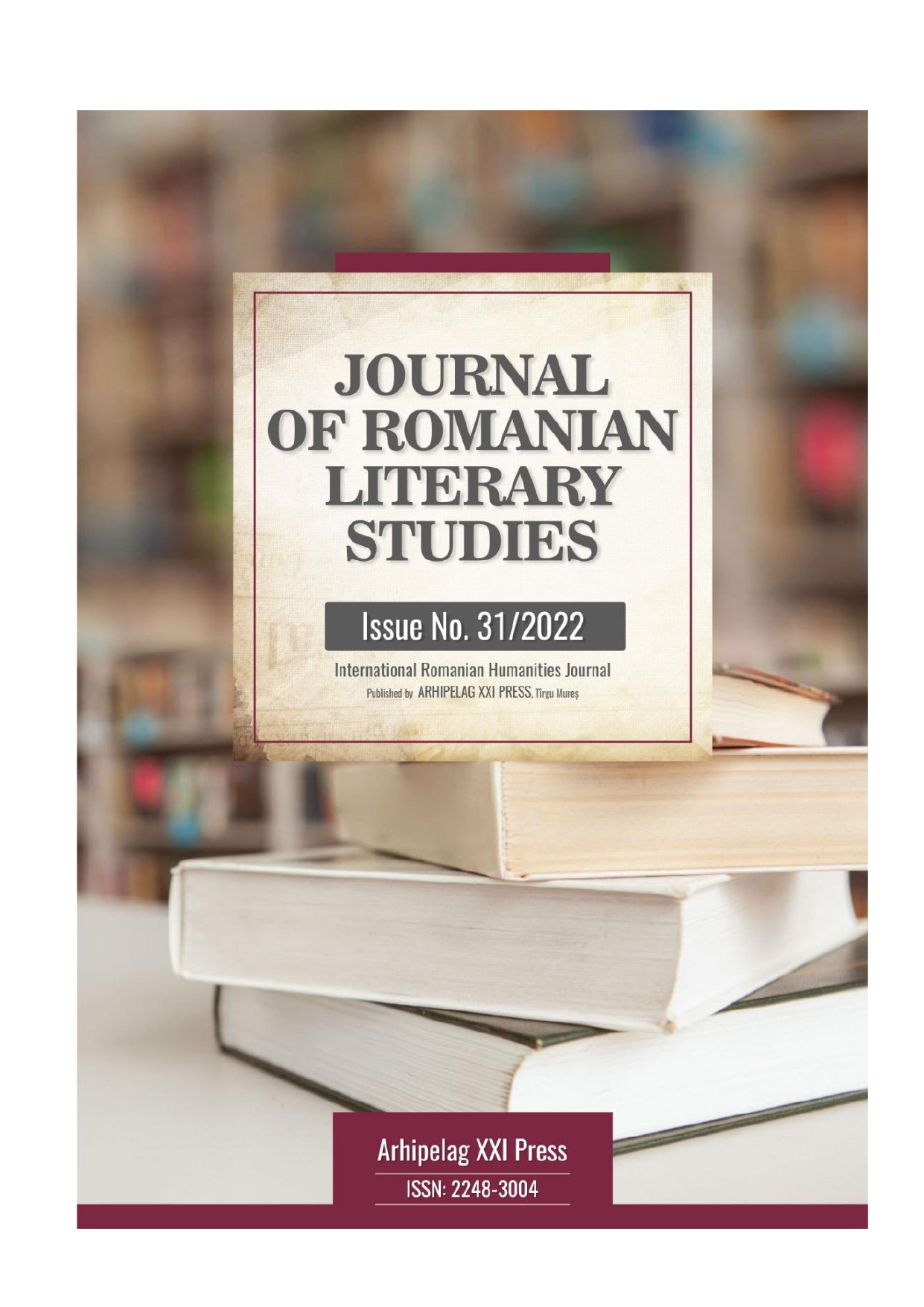
In the present paper, we aimed to carry out a theoretical study about points of references of the Romanian documentary film in time. We consider this study will be useful to specialized literature, as it helps to better understand eastern documentary film and its specifics and also to documentary producers. In time, Romanian documentary film was used as a scientific tool, informative media product, artistic product or as an ideological instrument. This variety gave documentary filmmakers the opportunity to improve their cinematic style, until nowadays, when we can mention the first Oscar nominations for a Romanian documentary film. When we talk about European cinema, we talk about many ideological influences, but somehow, the Romanian documentary managed to draw its unique path and represent in its images values and facts in our society.
More...
Within the prodigious activity of Metropolitan Veniamin Costachi to support Romanian culture, the one in the sphere of ecclesiastical music stands out, through various actions: the establishment of schools of church singers, specialty printed works, the adoption of the Chrysanthos' reform, the translation of texts into Romanian and the adaptation of the melody to the sonorities of the national language - especially by changing the system of cadences and by removing Greek and Turkish influences - thus contributing to the development and romanianzation of Orthodox cult in the Romanian Principalities.
More...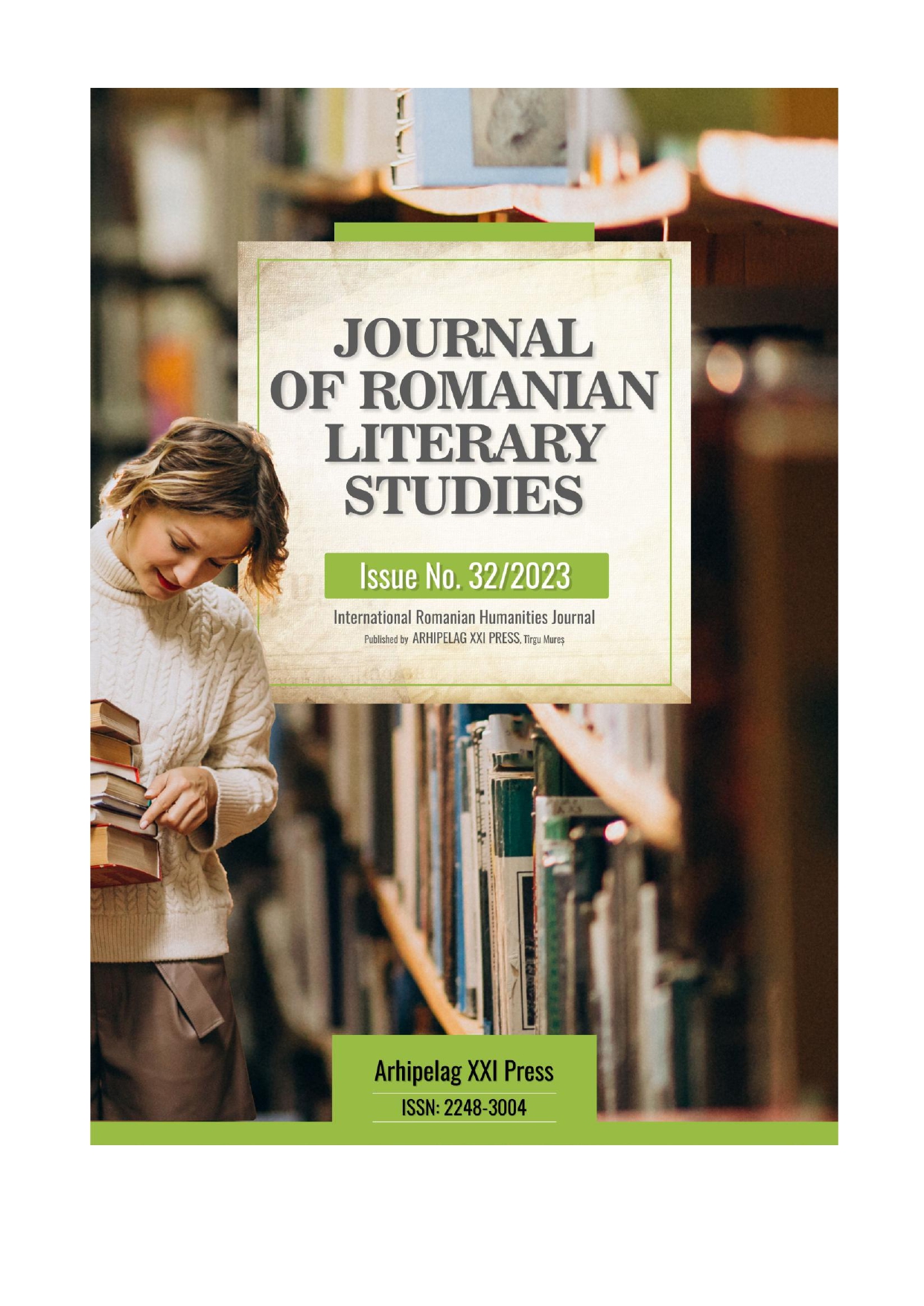
It is about Neolithic sites and buildings (houses) – in this article, we will return to a period which is previous to the birth of Architecture as an artistic field. As a geographic area, the European one is our target, having its specificity and also its similarities with the phenomenon that happened in the Asian territory of those times. We will see how the expansion of communities and especially the sedentariness of hunters-pickers will ask for the appearance of territorial organization, and also the habit of fortifying sites, and also the spring of a true science regarding building one’s dwelling house – the centre of activities and of the entire life of Neolithic man. Except for the megalithic monuments, what is specific to this period is also the bordering areas which closed settlements, having a ceremony role or a fortification role, while others had a funerary role.
More...
Orthodox iconography, as an expressionist art with deep meaning, aims not only at the senses, but primarily at the spirit. People began to notice that the essence of iconographic art is not limited to colors, that is, to the light impressions that the eye receives, but focuses on the "inner perfection" and "artistic expression" of a deep experience and the reality of life, in the revelation of the truth. Iconography is a branch of art that mainly deals with the transmission of the evangelical message and certain doctrinal ideas or concepts, through the symbols and signs used. In addition to understanding theological meaning and significance, iconography also speaks to a large extent about certain techniques used, while reflecting the historical periods and cultures from which the iconographic works originate. The depth of the iconography thus becomes the main characteristic of the content of an Orthodox icon. Its purpose is to leave a persistent and consistent imprint on the psyche rather than a brief and fleeting impression on the senses.
More...
In the collections of the History-Archaeology Section of the Oltenia Museum, Craiova, there is a typewritten document called "Autobiography". In it, the officer Gheorghe Dragu gives details of his career up to the First World War and his activity during the conflagration. This document is a valuable source of information on the battles fought by the 55th Infantry Regiment in 1916-1917.
More...
The evolution of music in 18th century France was moving towards the form of the court aria, characterized as cult music compared to the folk songs. The supremacy of music in French opera put the libretto on the second place, being mostly disregarded by the composer. Most opera librettos were aimed at entertaining people. The French scene was dominated by balls, parties, celebrations. The arrival in France of the German composer Christoph Willibald Ritter von Gluck (1714-1787) radically altered these realities. The French moment of his biography is unanimously considered by the critics as the first reform of classical music. The subject of the present study is how this reform occurred in the field of French opera, by changing the dialogue between librettist and composer, including the relationship between the dramatized text and the composed music. In this respect, I separated the works composed by Gluck in France, based on the texts of his librettist Bland du Roullet, during the years 1774-1779. The opera tragedy, Iphigenia in Aulis, is the work that I have particularly studied. It is the first of the five works through which the composer dominated the French stage, April 1774, being the time when it was put on stage for the first time, this being the founding landmark in the history of French opera as confirmed by the contemporaries. Coming back to ancient model, Gluck gave new a force to the characters' experiences, which he evacuated from the political situations or those specific to entertainment. Thus, he restored to some classical drama figures, features such as the nobility, grace or courage of the classic characters of the drama.
More...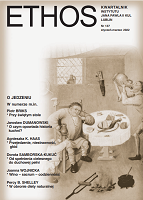
“To be or not to be – that is the question,” said Hamlet, summing up in his famous monologue the great questions that in the history of mankind have justified the existence of philosophy: those about being and non-being, about cognition and the accompanying reflection and the norm of morality determining the rules of decent conduct. Hamlet's dilemmas turn out to be so universal that they constantly return in various ways in the texts of culture, both in literature or film as well as in the history of ideas, taking the form of both direct and highly indirect references. However, the thought arises that Hamlet's monologue and the famous question would not be possible if it were not for philosophical questions as such, which people - consciously or unconsciously - have been asking since the beginning of time, and which in Western culture were for the first time unequivocally formulated in philosophy. and Greek. The Greeks asked primarily about the principle of reality, about the cause of being as such, about why there is something rather than nothing, and they tried to develop a system explaining the structure of reality, as well as to define the good and the meaning of morally good action.
More...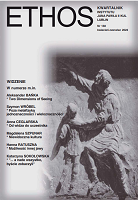
In the article an attempt has been made to present the results of research on the so far unexplored Teatr Podziemny Poezji Stanu Wojennego [The Underground Theater of Martial-Law-Poetry] founded by Stanisław Olejniczak during the time of martial law in Poland (1981–1983) and its ways of staging the past. The beginnings and the overall history of that venture have been presented with a focus on its unusual method of keeping the memory of signifi cant historical events and on its social resonance both in the past and today. The methodology of “rescue history” has been applied throughout the paper, making it possible to describe and validate the collected material which comprises memories of some participants of the past events in question. The artistic activity of the Underground Theater of Martial-Law-Poetry is analyzed as performances of remembrance aimed at curing a “collective amnesia.”
More...